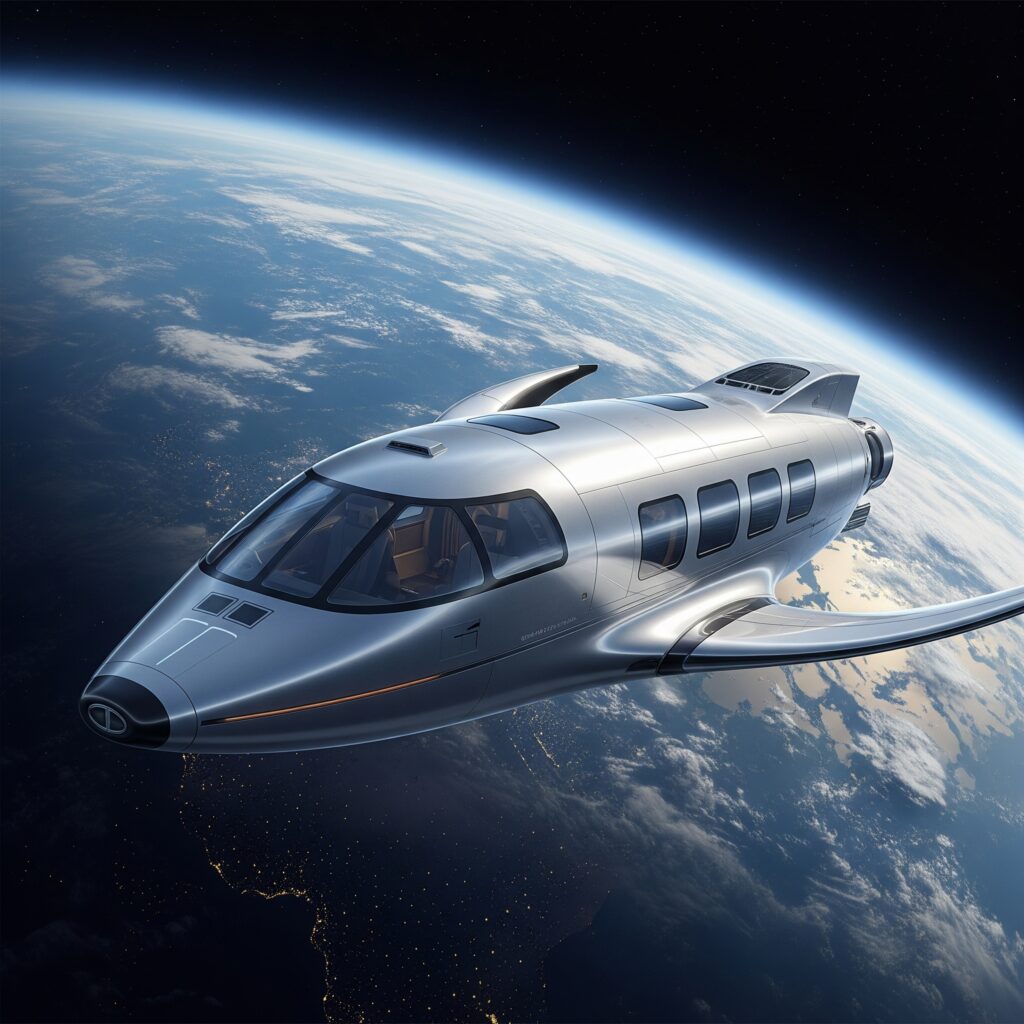AI Robots: The Future is Now
Introduction
Artificial intelligence (AI) is rapidly transforming numerous industries, and at the forefront of this revolution are AI robots. No longer a futuristic fantasy, these sophisticated machines are increasingly integrated into our daily lives, impacting everything from manufacturing and healthcare to customer service and home automation. This article delves into the fascinating world of AI robots, exploring their capabilities, applications, ethical considerations, and the future they promise.
Types of AI Robots
AI robots come in diverse forms, each designed for specific tasks and environments. Their classification often hinges on their functionalities and the level of autonomy they possess.
Industrial Robots
These are the workhorses of factories and warehouses, performing repetitive tasks with precision and speed. They are typically programmed to follow pre-defined paths and instructions, but advancements in AI are enabling more adaptive and flexible industrial robots capable of learning from their experiences and adjusting to changing conditions.
Service Robots
Designed to interact with humans in various settings, service robots are becoming increasingly prevalent in healthcare, hospitality, and retail. Examples include surgical robots assisting surgeons with complex procedures, robots delivering room service in hotels, and robots assisting customers in stores.
Autonomous Mobile Robots (AMRs)
AMRs are equipped with advanced sensors and AI algorithms that enable them to navigate and operate independently within their environment. They are used in various settings, including warehouses, hospitals, and even homes, for tasks such as material handling, delivery, and cleaning.
Social Robots
These robots are specifically designed to interact with humans in a social context, often exhibiting human-like traits such as facial expressions and speech. While still in their early stages of development, social robots show promise in applications like companionship for the elderly and education for children.
Key Technologies Powering AI Robots
The capabilities of AI robots are underpinned by several key technologies working in concert.
Machine Learning (ML)
ML algorithms enable robots to learn from data without explicit programming, allowing them to improve their performance over time. This is crucial for tasks that require adaptation and decision-making in dynamic environments.
Computer Vision
This technology allows robots to “see” and interpret their surroundings. Computer vision systems use cameras and AI algorithms to process visual information, enabling robots to navigate, recognize objects, and interact with their environment.
Natural Language Processing (NLP)
NLP enables robots to understand and respond to human language. This is critical for robots designed for human interaction, allowing them to engage in conversations, answer questions, and provide assistance.
Robotics and Sensor Integration
The physical capabilities of AI robots rely heavily on sophisticated robotic mechanisms, sensors, and actuators. Advanced sensors provide crucial feedback to AI algorithms, allowing for precise control and adaptive behavior.
Ethical Considerations
The rapid advancement of AI robots raises important ethical considerations. Concerns include job displacement due to automation, algorithmic bias, and the potential for misuse of these powerful technologies. Careful consideration and proactive measures are needed to ensure responsible development and deployment of AI robots.
- Job displacement and workforce retraining
- Algorithmic bias and fairness
- Data privacy and security
- Accountability and transparency
The Future of AI Robots
The future of AI robots is brimming with possibilities. We can anticipate further advancements in AI algorithms, leading to more sophisticated and versatile robots. Increased integration of AI robots across various sectors will likely reshape industries and significantly impact our daily lives. The development of collaborative robots (cobots) that work alongside humans will become increasingly common, fostering greater efficiency and productivity.
Conclusion
AI robots are no longer a futuristic concept but a transformative reality. Their capabilities are constantly evolving, driven by advancements in AI and robotics technologies. While ethical considerations must be carefully addressed, the potential benefits of AI robots across various industries are undeniable. As AI robots become more sophisticated and integrated into our lives, they will undoubtedly play a significant role in shaping the future.


